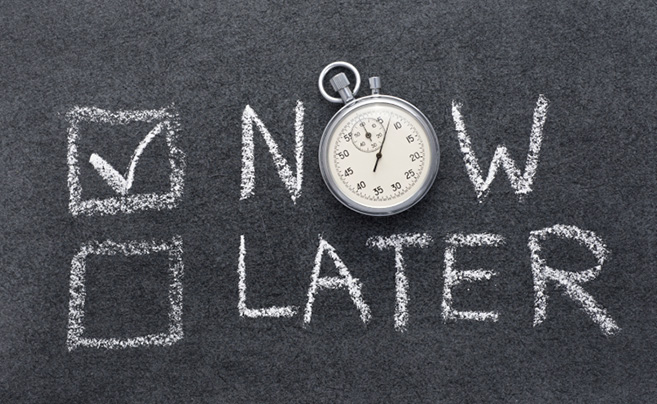Waste elimination is often assumed to be a cost play, but, as a result of improved customer service, it can also be a powerful revenue enhancer. Removing waste can avoid damaging customer service failures, as well as reduce unnecessary expenses. Yet, organisations often fumble the process of finding the big opportunities.
Not all waste is created equal, and deciding what to focus on first or most energetically can be the genesis of success or failure.
Even today, with sophisticated methods available to us, the most common way that waste is found and targeted is via the ‘management estimation’ method. This is perhaps a generous term for a rather unstructured approach to listening, observing, debating, and drawing conclusions on plans of action. Unfortunately, such activity is often poorly informed by the facts and therefore subject to office politics, because there is limited data to support a rational case.
Listening, observing, and debating are still worthwhile behaviours. However, we have many ways to inform the decisions by the effective and efficient collection of data, which can be converted into information to enable real insights.
In many organisations I have worked with, management cannot tell you how many service requests are in their queues, how much rework is involved, or the nature of the errors that might arise. A manual trawl through convoluted data sources is often required to find this data, if they can find it at all. In response to this situation, I recommend companies do two very important things: collect data on specific value streams in order to reduce waste; and develop the infrastructure and means to measure on an ongoing basis. I will focus on the first of these two imperatives.
A value stream is the high level set of activities that are conducted, generally sequentially, to provide a customer with an outcome. For example, product research, design, marketing, sales, fulfilment/installation, and servicing. Processes tend to be practically defined as specific parts of a value stream, for example the product development process, or the sales process.
There are 6 core ways to collect the information you need for value streams or processes:
- Collect the information you can glean from available systems;
- Conduct observations and timings of staff activity;
- Conduct observations of the work item itself, like following an item through a manufacturing process;
- Retrospectively review activity, e.g. conducting a file review to find typical errors;
- Run workshops with subject matter experts in order to understand the process flows and where things might go wrong; and
- Conduct deep dives on tasks and activities staff perform to get the job done (as part of a process).
The CEO needs not know in detail when to use each of these data collection methods. However, he or she should assure themselves that they have access to competent personnel who can use the right approach. These days the journey need not be a long one (given the development of modern tools and techniques), but there is still no alternative to good information being the basis of good decision making. That goes as much for waste elimination as any other leadership consideration. Otherwise, it is exceptionally difficult to emerge from the fog of loose information and hearsay.







